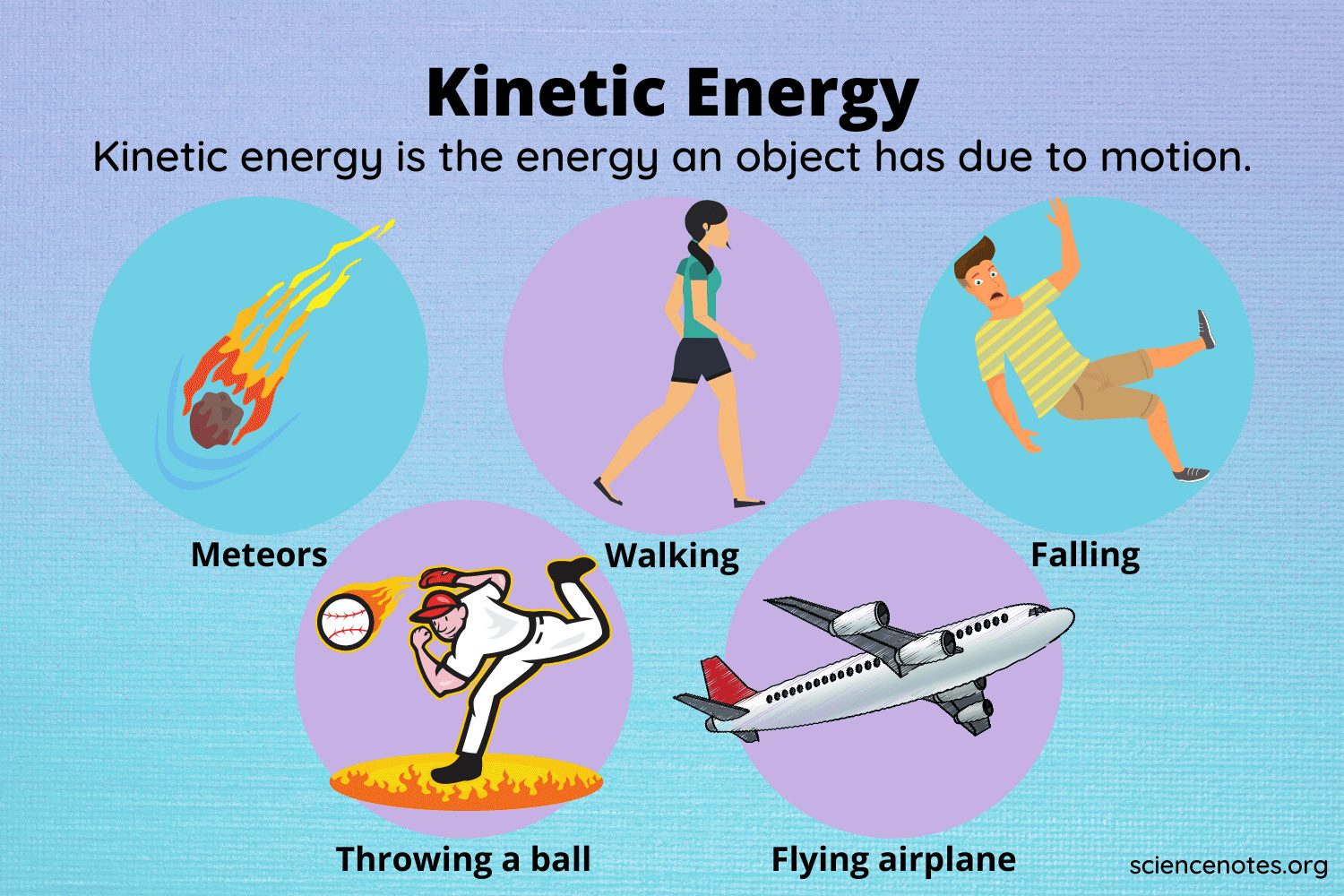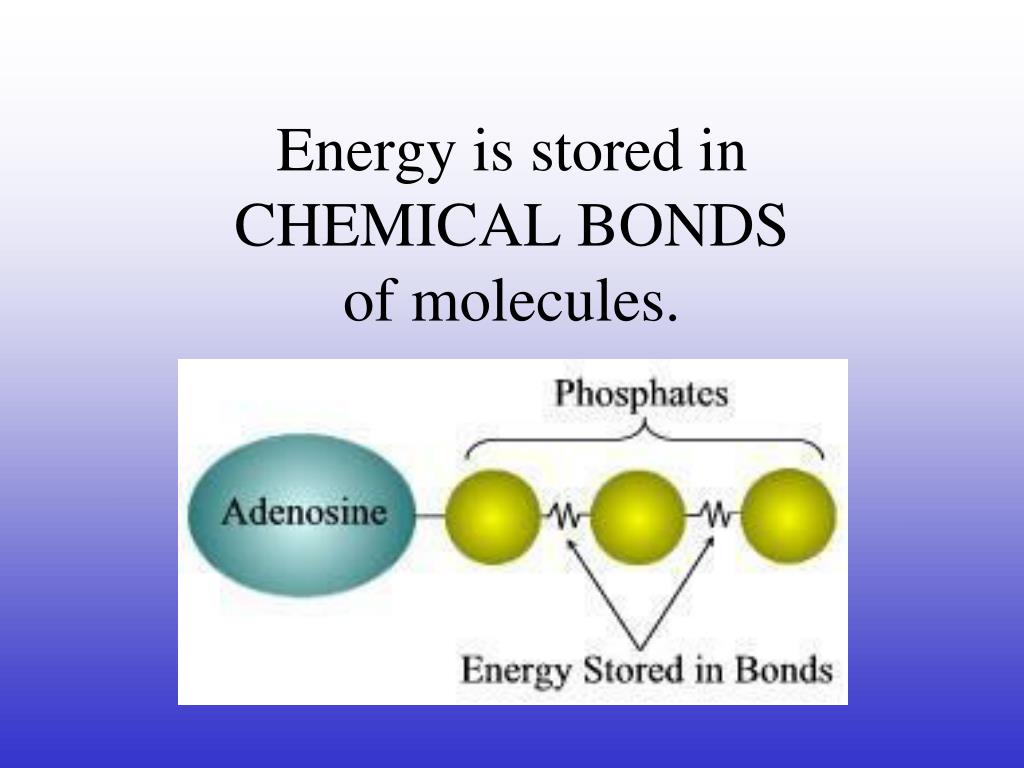Types Of Energys Presentation
| Introduction to Types of Energies | ||
|---|---|---|
| Energy is the ability to do work or cause change. There are various types of energy that exist in the universe. Understanding these different types of energies is crucial in our everyday lives. | ||
| 1 | ||
| Potential Energy | ||
|---|---|---|
| Potential energy is the stored energy an object possesses due to its position or condition. Examples of potential energy include gravitational potential energy and elastic potential energy. Potential energy can be converted into kinetic energy when the object is in motion. | ||
| 2 | ||
| Kinetic Energy | ||
|---|---|---|
| Kinetic energy is the energy possessed by an object in motion. The energy of an object's motion depends on its mass and speed. Examples of kinetic energy include the movement of a car, a flowing river, or a person running. | ||
| 3 | ||
| Thermal Energy | ||
|---|---|---|
| Thermal energy is the energy associated with the movement of particles within a substance. It is related to temperature and can be transferred as heat. Examples of thermal energy include the warmth of the sun, a boiling pot of water, or the heat from a fire. | ||
| 4 | ||
| Chemical Energy | ||
|---|---|---|
| Chemical energy is stored in the bonds of molecules and can be released through chemical reactions. It is the energy that holds atoms together and is released when bonds are broken or formed. Examples of chemical energy include the energy stored in food, fossil fuels, or batteries. | ||
| 5 | ||
| Electrical Energy | ||
|---|---|---|
| Electrical energy is the energy carried by electric charges. It is the flow of electrons through a conductor. Examples of electrical energy include the power in your home, lightning, or the electricity used by electronic devices. | ||
| 6 | ||
| Nuclear Energy | ||
|---|---|---|
| Nuclear energy is released through nuclear reactions, such as nuclear fission or fusion. It is the energy that holds the nucleus of an atom together. Examples of nuclear energy include the energy produced by nuclear power plants or the sun. | ||
| 7 | ||
| Renewable and Non-Renewable Energy | ||
|---|---|---|
| Renewable energy sources are those that can be replenished naturally, such as solar, wind, or hydroelectric energy. Non-renewable energy sources are those that cannot be easily replenished, such as fossil fuels or nuclear energy. The shift towards renewable energy sources is essential for a sustainable future. Conclusion: Understanding the different types of energies is crucial for us to harness and utilize them efficiently. By exploring renewable energy sources and reducing our dependence on non-renewable ones, we can contribute to a more sustainable and environmentally-friendly future. |  | |
| 8 | ||






